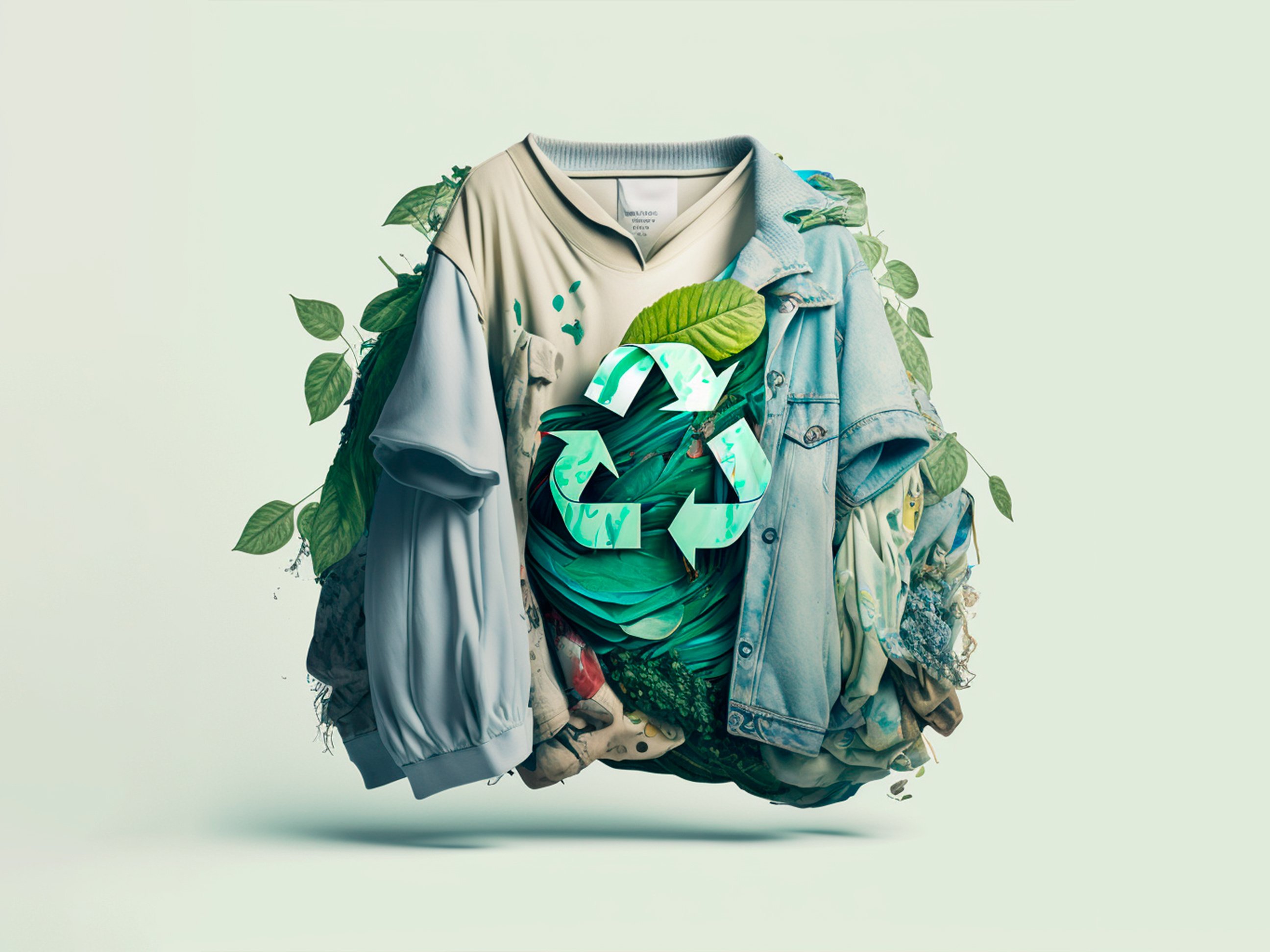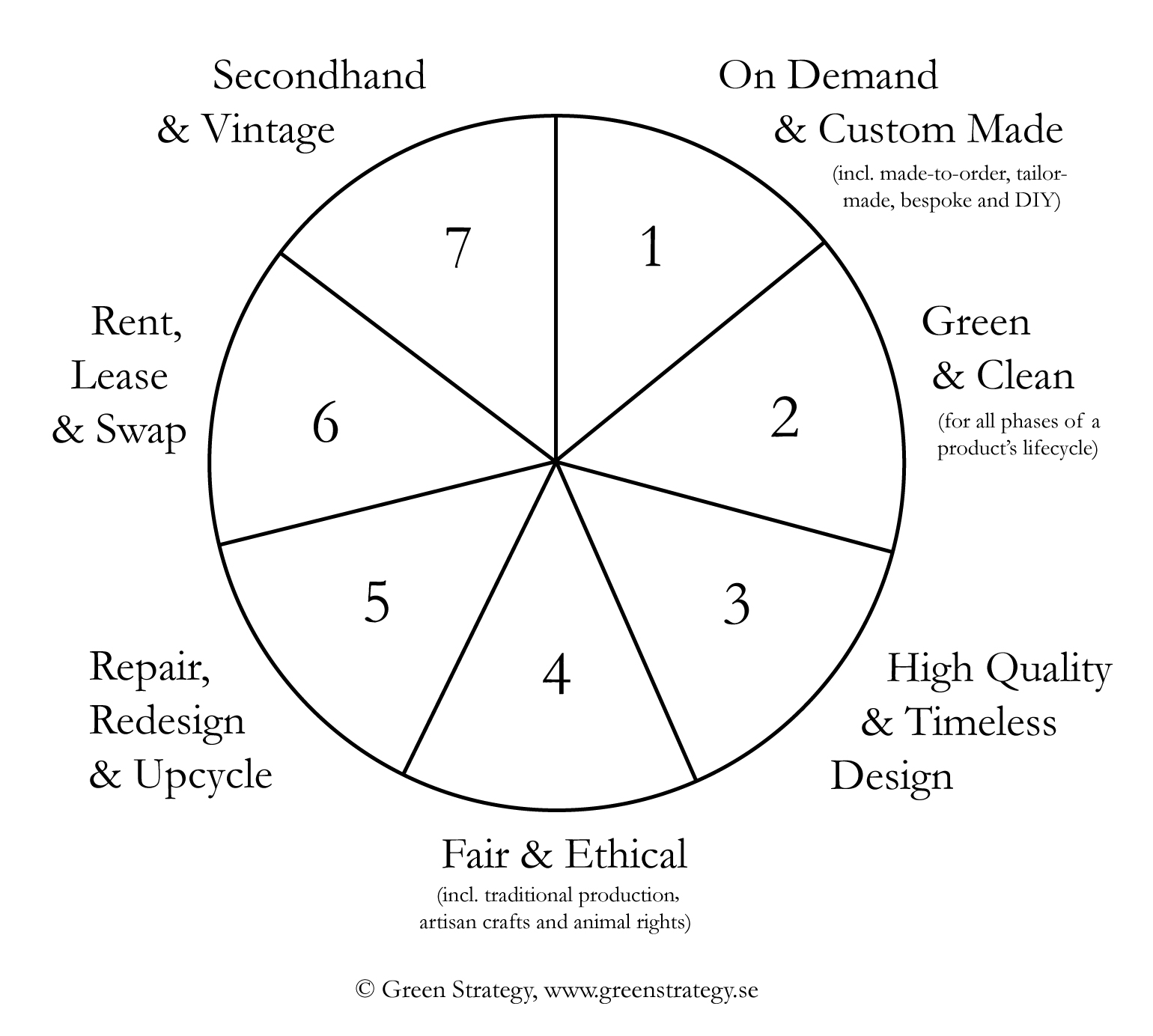Find Cape Town Sustainable Fashion Boutiques as well as Brands
Find Cape Town Sustainable Fashion Boutiques as well as Brands
Blog Article
Keep Ahead of the Contour by Checking Out Innovative Style Fads
In a market as vibrant as fashion, remaining ahead includes more than just adhering to existing trends-- it demands an exploration of development. The convergence of modern technology and style proclaims a new age of consumer interaction.

Accepting Smart Textiles
Recently, the style industry has actually experienced a transformative shift with the assimilation of wise fabrics, an advanced advancement that mixes innovation with material. This evolution represents not just a blend of appearances and capability but also a significant jump in the direction of sustainability and customization in vogue. Smart fabrics, likewise referred to as e-textiles, installed advanced electronics such as sensors and conductive threads within the textile, allowing garments to communicate with the setting or the user.
These textiles are made to check physiological specifications, such as heart rate or body temperature level, providing real-time health and wellness analytics. Beyond health and wellness applications, smart fabrics are likewise being used for adaptive garments, which can change shade or pattern in feedback to ecological stimuli, therefore using a dynamic style experience.
Moreover, the growth of energy-harvesting fabrics that create power from motion or sunlight is paving the method for self-sufficient wearable modern technology. This development is appealing to environmentally aware consumers and developers intending to reduce the eco-friendly impact of style. As research study and development in this area breakthrough, smart textiles are anticipated to become progressively prevalent, improving the landscape of contemporary style with their multifunctional capacities.
The Increase of 3D Printing
Transforming the production landscape, 3D printing has become a game-changer in the apparel industry. This cutting-edge technology has allowed designers to push the borders of creative thinking, generating detailed and personalized garments that were previously unthinkable. By leveraging digital style and additive production, 3D printing helps with the creation of complex geometries and patterns, enabling designers to explore brand-new textures and frameworks.
A remarkable advantage of 3D printing in style is its capacity to create on-demand, lessening waste and minimizing stock demands. This performance not only enhances manufacturing procedures yet likewise enables rapid prototyping, enabling developers to bring their visions to life in a much shorter duration. Moreover, 3D printing supports personalization to a level unrivaled by conventional methods, supplying special layouts and personalized fits tailored to private customer preferences.
The surge of 3D printing has likewise democratized style, making it easily accessible to arising developers that can currently make top quality items without substantial financial investment in conventional production facilities. As technology remains to breakthrough, the garment industry is poised to harness the full capacity of 3D printing, discovering brand-new products and strategies that will undoubtedly redefine just how style is developed and generated.
Sustainable Style Innovations
As the fashion business comes to grips with journalism requirement for environmental duty, lasting style advancements have actually arised at the center of transformative modification. The expanding understanding of eco-friendly impact has actually sustained a change towards more eco-conscious techniques and materials. Designers and brand names are now focusing on sustainability, integrating approaches that decrease waste and reduce carbon footprints.
One significant advancement is the increase of round style, which stresses recycling and upcycling to prolong the lifecycle of garments. This approach not only minimizes waste however also encourages consumers to adopt an extra mindful method to apparel consumption. Furthermore, the use of lasting materials, such as natural cotton, hemp, and recycled polyester, has acquired traction. These products require much less water and power throughout production, dramatically lessening environmental effect.
An additional advancement depends on the fostering of cutting-edge dyeing strategies that utilize waterless procedures or all-natural dyes, therefore lowering the huge quantities of water and chemicals commonly utilized in textile dyeing. In addition, improvements in biotechnology have actually brought about the production of lab-grown leather and textiles, offering ecologically friendly and cruelty-free alternatives to traditional products. Via these pioneering initiatives, the fashion business is making significant strides in the direction of a much more sustainable future.

Tech-Integrated Apparel
Tech-integrated apparel stands for a revolutionary combination of fashion and technology, improving how people interact with their garments. This cutting-edge domain name is noted by the inclusion of clever textiles and ingrained digital components, improving both functionality and visual appeal. From fitness trackers installed in sports apparel to heated jackets regulated using smartphone apps, tech-integrated apparel supplies customers extraordinary convenience and versatility.
Pioneering brands are driving this fad, concentrating on developing garments that react to environmental stimuli or user commands. As an example, some garments can alter color or pattern in response to temperature changes, while others incorporate biometric sensors to check health and wellness metrics like heart price or anxiety degrees. The smooth integration of innovation into textiles also includes ecological sustainability, with efforts to establish self-cleaning materials or garments that get used to weather, thus reducing the requirement for numerous layers.
Moreover, the advent of wearable modern technology is not simply restricted to apparel yet extends to accessories like watches and eyeglasses, more expanding the extent of tech-integrated fashion. As the sector proceeds to innovate, the capacity for personalization and customization in garments expands, offering customers one-of-a-kind, tech-enhanced style experiences that cater to their individual requirements and choices.
Future of Virtual Style
Recently, the future of virtual style has become a transformative force within the market, leveraging improvements in digital technology to redefine exactly how style is produced, experienced, and consumed. By incorporating increased truth (AR), online reality (VR), and 3D design tools, designers can now craft interactive and immersive experiences that go beyond standard style borders. Digital fashion enables the development of garments that exist entirely in digital environments, using endless opportunities for innovation without the restrictions of physical manufacturing.
This digital shift not just provides possibilities for visit here imaginative expression but also addresses sustainability concerns integral in traditional fashion methods. Cape Town Sustainable Fashion. By getting rid of the need for physical resources, online style reduces waste and decreases carbon impacts. Additionally, the increase of virtual fashion aligns with the raising consumer demand for one-of-a-kind and customized experiences, as digital garments can be personalized and tailored to private preferences with simplicity

Verdict
The garment industry's future lies in the integration of innovative modern technologies and lasting techniques - Cape Town Sustainable Fashion. Smart fabrics and tech-integrated clothing are enhancing performance, while 3D printing supplies chances for modification and waste reduction. Lasting fashion, through circular techniques and eco-friendly materials, shows a commitment to ecological stewardship. Additionally, virtual style is positioned to redefine consumer communications. Adapting to these fads is important for brand names looking for to stay relevant and competitive in this quickly developing landscape.
In current years, the fashion industry has observed a transformative shift with the combination of clever fabrics, an advanced advancement that mixes technology with fabric.As the style market grapples with the pressing requirement for environmental obligation, lasting style advancements have emerged at the center of transformative adjustment.In recent years, the future of digital fashion has emerged as a transformative force within the industry, leveraging innovations in digital technology to redefine how fashion is developed, experienced, and consumed. The increase of digital fashion lines up with the increasing customer need for tailored and unique experiences, as online garments can be personalized and customized to specific choices with simplicity.
The fashion read review market's future lies in the integration of cutting-edge modern technologies and lasting methods.
Report this page